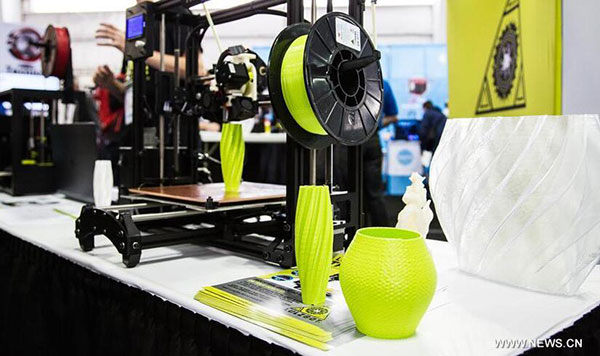Drug gangs using mobiles and couriers to deal remotely in rural areas, including coastal and market towns, will have phones shut down, under new plans announced by the Home Secretary.
The so-called county lines operations involve urban dealers expanding their crack and heroin business into small town markets, operating remotely through the use of specific mobile phone numbers.
The gangs then exploiting children and vulnerable people as couriers to move drugs and money between the new market and their urban hub. The model means dealers can peddle class A drugs without having to visit their markets – cutting the risk of being picked up and arrested by local police.
Now the gangs face having their so-called ‘deal lines’ shut down by the police under new laws being proposed by Home Secretary Amber Rudd.
The use of dedicated mobile phone lines has been identified by the National Crime Agency (NCA) as a key tactic by the drug gangs.
To counter this, the government will table an amendment to the Digital Economy Bill tomorrow (Monday 23 January). If passed, the law will compel the relevant communications provider to disconnect a mobile, SIM card or phone number where it can be proved they are being used in connection with drug offences.
Home Secretary Amber Rudd said:
Gang violence, drug dealing and exploitation have a devastating impact on vulnerable young people, their families and local communities. And they have no place in a Britain that works for everyone.
Taking action to shut down these phone lines demonstrates this government’s determination to crack down on gangs and sends a very clear message that we will not tolerate this despicable criminal activity.
The National Crime Agency published their second report into the county lines drug distribution in November last year. It found that over 70% of police forces in England and Wales are now reporting activity within their area.
Tony Saggers, NCA Head of Drugs Threat and Intelligence, and co-author of the county lines report, said:
Urban street gangs operating under the county lines model have become a nationwide problem that relies heavily upon anonymously acquired mobile phones, used as deal lines, branded to particular gangs and their reputation. The numbers have a high value in their own right to crime groups, who can’t simply replace them quickly and start over, so taking them out of service is a powerful disruptive tool.
These lines are at the very heart of high volume drug supply, which in turn leads to the daily exploitation of young and vulnerable people. A typical line will likely generate in the region of £2,000 to £3,000 per day. Due to the high number of lines, this has the potential to aggregate to over £2 million per week in illicit revenue.
We welcome the proposal to table an addition to the Digital Economy Bill to disrupt these lines. The proposed legislation will add significant value to law enforcement initiatives to combat gang activity and remove confidence in their operating model.
The government is working with key partners, including law enforcement, local authorities and the voluntary sector to bring a new focus to tackling county lines gangs and to produce a coordinated response.
Last July, the government launched a new partnership with the Institute for Community Safety (ICS), providing funding to support communities facing new gang-related threats.
It brings together frontline professionals such as teachers, police officers and youth workers to identify problems in their local areas, then use this information to develop tailor-made plans to tackle gang violence and exploitation.
